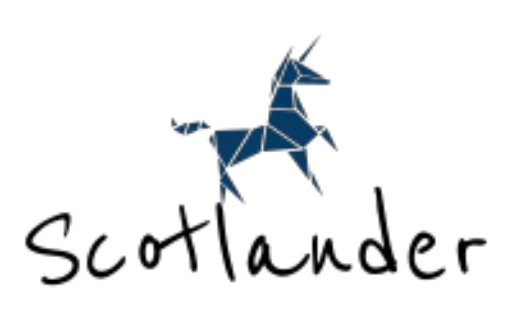Celebrating Tradition: The Dynamic Festivity of Hogmanay in Scotland
Hogmanay, the Scottish New Year’s Eve celebration, holds a prominent place in Scottish culture and history. The festivity, deeply rooted in tradition, encompasses a vibrant array of customs and is celebrated with fervour across Scotland.
Why does Scotland call New Years Eve – Hogmanay
This originates from the Scottish Gaelic word ‘Oiche na lòige’
“Oiche na lòige” is a Scottish Gaelic phrase that translates to “the night of the flame” or “new year’s eve.”
The pronunciation of “oiche na lòige” in Gaelic is roughly “ee-ha nah loy-geh.”
“oiche” is pronounced “ee-ha”
“na” is pronounced “nah”
“lòige” is pronounced “loy-geh”
You can see the resemblance between the two words, and once you factor in the language barrier between non Gaelic speakers and the written word in English, it is without doubt.

First-Footing: Symbolism and Blessings
A central aspect of Hogmanay is the symbolic tradition of “first-footing.” This ritual involves being the first person to enter a home after midnight, bearing symbolic gifts such as coal for warmth, shortbread, whisky, or black bun to bring prosperity and blessings to the household.
Edinburgh Hogmanay Street Party: An Iconic Spectacle
The world-renowned Edinburgh Hogmanay street party is a standout event. The three-day celebration culminates in a vibrant street party on Princes Street. Torchlight processions, live music, and a palpable atmosphere draw crowds from far and wide. At the stroke of midnight, a spectacular firework display illuminates the sky, welcoming the New Year in grand fashion.
Ceilidh Dancing: Embracing Traditions
Ceilidh dancing, an intrinsic part of Scottish culture, is a focal point of Hogmanay celebrations. People gather to dance, enjoy live music, and engage in the conviviality of the moment, creating a spirited and communal celebration.
New Year’s Resolutions: Reflecting and Planning
As the New Year approaches, Scots embrace the tradition of reflecting on the past year and setting resolutions for personal growth and positive change in the coming year.
Traditional Scottish Fare: Culinary Delights
Delectable food is a significant component of the celebrations. Traditional Scottish dishes such as haggis, neeps, tatties, and local favourites add flavour to the festivities, symbolising unity and shared heritage.
Diverse Celebrations: Communities Unite
Beyond the grandeur of Edinburgh’s celebrations, Hogmanay is observed in diverse ways across Scotland. Each community hosts its unique customs, showcasing the depth and breadth of Scottish culture. Whether in bustling city centers or in small towns and villages, the essence of unity and hope for the future remains constant.
The Origin of “Hogmanay”
This originates from the Scottish Gaelic word ‘Oiche na lòige’
“Oiche na lòige” is a Scottish Gaelic phrase that translates to “the night of the flame” or “new year’s eve.”
The pronunciation of “oiche na lòige” in Gaelic is roughly “ee-ha nah loy-geh.”
You can see the resemblance between the two words, and once you factor in the language barrier between non Gaelic speakers and the written word in English, it is without doubt.
Hogmanay transcends mere revelry; it epitomises Scotland’s rich cultural tapestry and is a celebration of unity, heritage, and the promise of new beginnings. It unites people in a collective embrace of tradition and optimism for the upcoming year.




